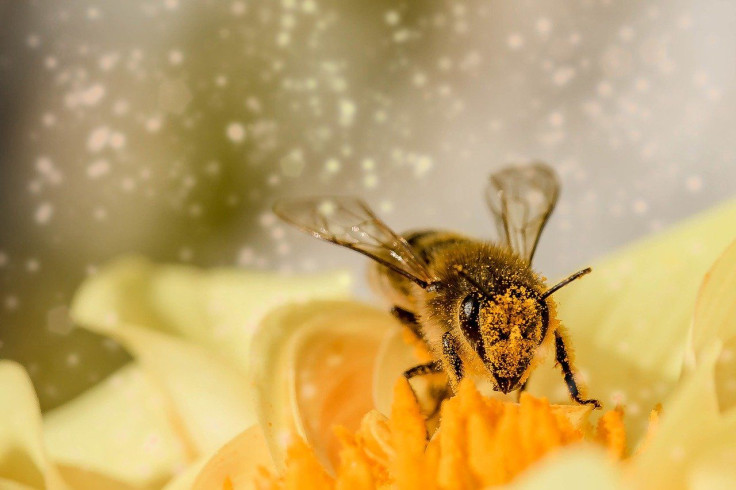Bee Pandemic: Bees Around The World Also Facing Threat
KEY POINTS
- There is growing evidence of a fungi pandemic affecting bees
- Nosema causes frailty, lethargy and, has negative effects on male bees' genitalia
- Despite being a major threat, little is known about Nosema's effect on native bees
It seems that not just humans, but bees have also been experiencing a pandemic. There has been growing evidence of a bee pandemic, resulting from the spread of a fungal pathogen in the genus Nosema, researchers from the University of Colorado at Boulder found.
The world's bee populations have been declining due to various reasons, from viruses and colony collapse disorder to pesticides and destruction of their nesting and floral resources. However, more data is needed to fully understand the scope of the pathogen spreading the infection and its effects on native bees.
Nosema is a Microsporidia that infects the guts of bees when they are ingested. Once in the mid-gut of the bees, the spore germinates, infects the host’s cells and spreads to the other cells in the body. If the infected bee passes the spore in its excrement, other bees can then be infected via fecal-oral transmission and, the environment of the bee may also get contaminated.
Any other bee that comes into contact with the contaminated surfaces, such as flowers or the nesting environment, may also get infected. Even bee products such as pollen, honey and royal jelly may be contaminated with the pathogen and cause its further spread.
Nosema causes frailty and lethargy in infected bees, while some strains even reduce the sperm count and mutilate the genitalia of male bumblebees. This negatively affects the bees' foraging and even increases mortality in the workers.

However, despite the threat of Nosema, the researchers found that little is still known about its impact on native bees, which actually make up majority of the planet's bees. Though the pathogen has been infecting bees for years, much of the documentation about Nosema in bees have only been in commercial bees, not native bees.
This means that the true scope and effects of the pathogen may be going unnoticed.
"Given the economic importance of domesticated bees to agriculture, this imbalance is understandable," the researchers wrote in the study published in PLOS Pathogens journal. "However, when the ecosystem service of pollination is viewed in the wider lens of native plant communities, and the consequences of diminished pollination on community fitness, the distribution and impacts of Nosema species in native bees becomes a significant concern."
Native bees have a delicate relationship with their ecosystem. If they happen to pick up the pathogen from a contaminated flower, perhaps one that was contaminated by the bees from a commercial hive, they could be more susceptible to its negative effects. This could then lead to the extinction of small bee populations, which would be problematic for the native plant communities that rely on the species or, even trigger the evolution of newer pathogen strains.
As such, the researchers are stressing the importance of surveillance work, especially among native bee species, to get a clearer picture of the scope of the pathogen.
"Given the consequences of Nosema infections, the ability to control the pathogen load within infected bees is of utmost necessity," the researchers wrote. "Through better understanding of the impact and distribution of these pathogens on native bee communities, better management strategies for domesticated and native bees and the ecosystems they serve will be of vital importance."
Already, the world's bee populations have been increasingly endangered from various threats. In some parts of the world, the loss has even been dubbed "the pollinator crisis."
© Copyright IBTimes 2024. All rights reserved.












